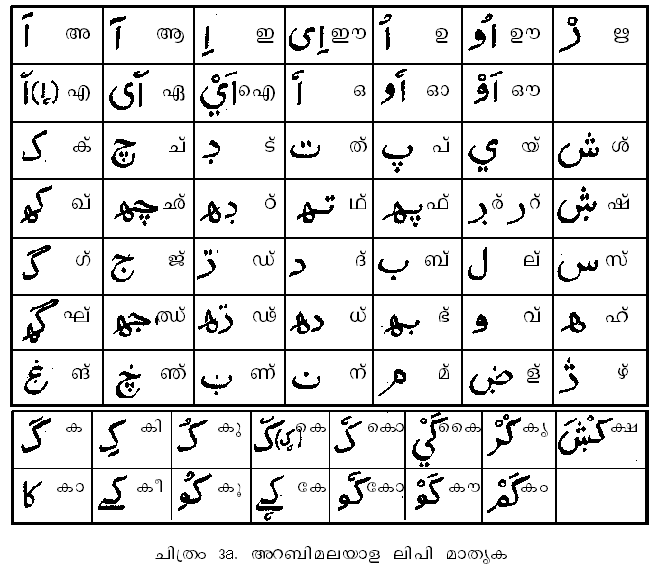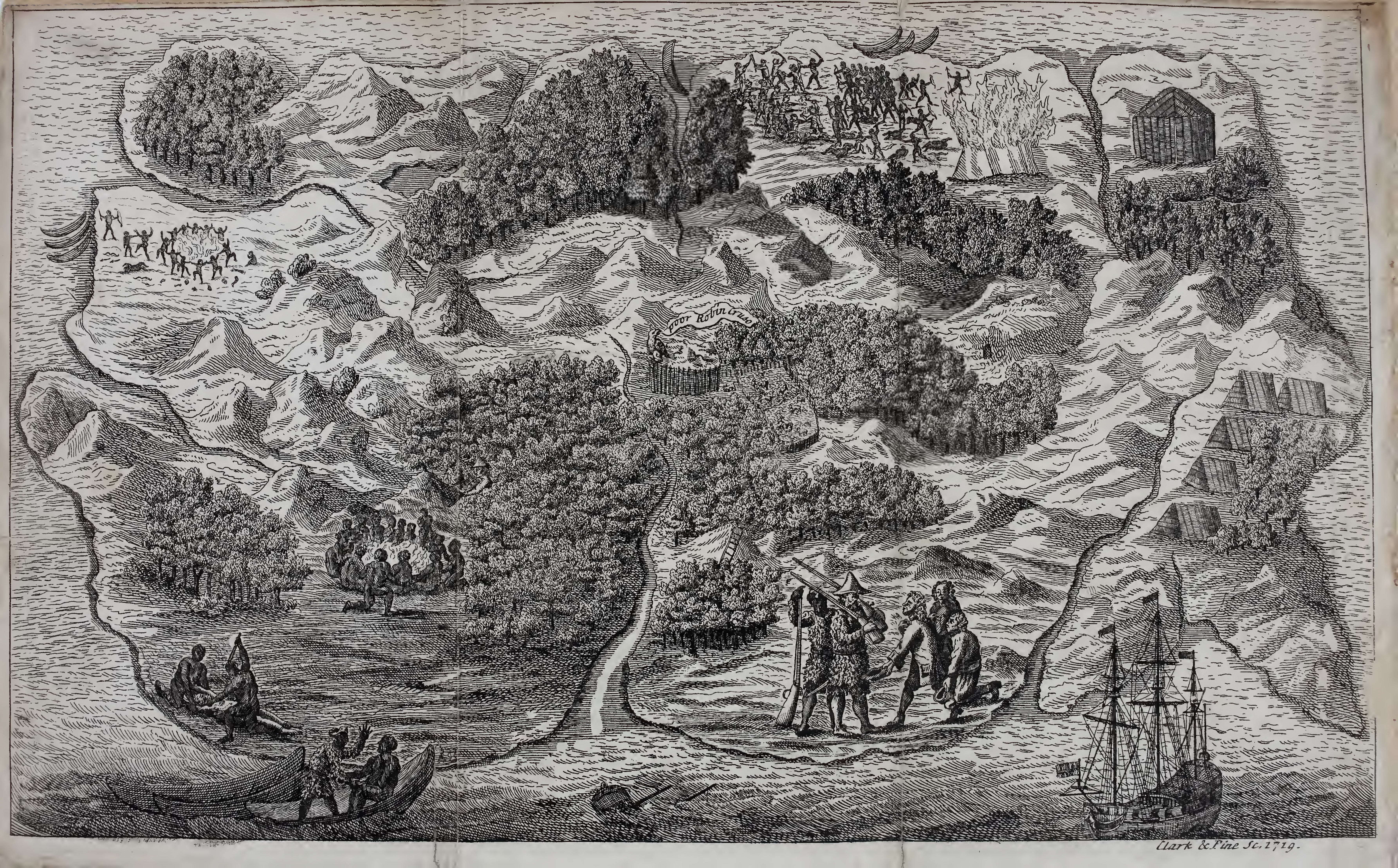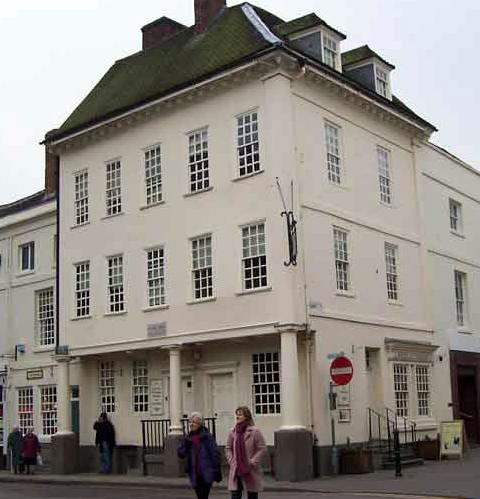|
Malayalam Novel
The Malayalam novel is an important part of Malayalam literature. This article focuses on novels, written in Malayalam language, a Dravidian language spoken predominantly in the Indian state of Kerala and the Lakshadweep islands. Old novels ''Fulmoni Ennum Koruna Ennum Peraya Randu Sthreekalude Katha'' (Phulmōni ennuṁ kōruṇa ennuṁ pērāya ranṭu strīkaḷuṭe katha), a translation of Rev. Joseph Peet Hana Catherine Mullens's Bengali novel ''Fulmoni O Korunar Biboron'', is a novel printed and released in Malayalam in 1858. ''Ghathakawadham'' (''Ghātakavadhaṁ'', 1877) by Rev. Richard Collins was the first novel printed and published in Malayalam with a story based in Kerala and around Malayalis. However, it was not originally conceived in Malayalam but was a translation of ''The Slayer Slain'' (English, 1864–1866) by Mrs. (Frances) Richard Collins and Rev. Richard Collins. ''Pathminiyum Karunayum'', another translation of ''Fulmoni O Korunar Biboron'', came out in t ... [...More Info...] [...Related Items...] OR: [Wikipedia] [Google] [Baidu] |
Malayalam Literature
Malayalam, the lingua franca of the Indian state of Kerala and the union territories of Lakshadweep and Puducherry (union territory), Puduchery, is one of the six classical languages of India. Malayalam literature comprises those literary texts written in Malayalam, a Dravidian languages, South-Dravidian language spoken in the Indian state of Kerala. The first travelogue in any Indian language is the Malayalam ''Varthamanappusthakam'', written by Paremmakkal Thoma Kathanar in 1785. Malayalam literature has been presented with 6 Jnanpith Award, Jnanapith awards, the second-most for any Dravidian language and the third-highest for any Indian language. The Sangam literature can be considered as the ancient predecessor of Malayalam. The origin of Malayalam calendar dates back to year 825 CE. It is generally agreed that the Quilon Syrian copper plates of 849/850 CE is the available oldest inscription written in Old Malayalam. The earliest known literary works in Malayalam are ''Rama ... [...More Info...] [...Related Items...] OR: [Wikipedia] [Google] [Baidu] |
Marthanda Varma (film)
''Marthanda Varma'', also written ''Maarthandavarma'', is a 1933 black and white Indian silent film directed by P.V. Rao, P. V. Rao, based on the Marthandavarma (novel), 1891 Malayalam novel by C. V. Raman Pillai. This was the first film based on Malayalam literature and the next film of the Malayalam cinema, Malayalam film industry after ''Vigathakumaran''. Plot Based on the novel ''Marthandavarma (novel), Marthandavarma'', the film recounts the adventures of the Crown Prince, Marthanda Varma, and how he eliminates his arch rivals one by one, so as to ascend to the throne of the Kingdom of Travancore. Cast The cast includes: * Jaidev * Andi * A. V. P. Menon as Anantha Padmanaban * V. Naik as Padmanabhan Thampi * Padmini (actress), Padmini * Devaki * V. C. Kutty * S. V. Nath * Sundaram Iyer * A. P. Padmanabha Menon * Pattammal * Pious * R. Sunder Raj as Bheeram Khan * Kesava Menon * Thilakam Production The film was written and directed by P.V. Rao, P. V. Rao, while R. Sund ... [...More Info...] [...Related Items...] OR: [Wikipedia] [Google] [Baidu] |
Les Misérables
''Les Misérables'' (, ) is a 19th-century French literature, French Epic (genre), epic historical fiction, historical novel by Victor Hugo, first published on 31 March 1862, that is considered one of the greatest novels of the 19th century. ''Les Misérables'' has been popularized through Adaptations of Les Misérables, numerous adaptations for film, television, and the stage, including Les Misérables (musical), a musical. In the English-speaking world, the novel is usually referred to by its original French title. However, several alternatives have been used, including ''The Miserables'', ''The Wretched'', ''The Miserable Ones'', ''The Poor Ones'', ''The Wretched Poor'', ''The Victims'', and ''The Dispossessed''. Beginning in 1815 and culminating in the 1832 June Rebellion in Paris, the novel follows the lives and interactions of several characters, particularly the struggles of ex-convict Jean Valjean and his experience of redemption. Examining the nature of law and grace, ... [...More Info...] [...Related Items...] OR: [Wikipedia] [Google] [Baidu] |
Victor Hugo
Victor-Marie Hugo, vicomte Hugo (; 26 February 1802 – 22 May 1885) was a French Romanticism, Romantic author, poet, essayist, playwright, journalist, human rights activist and politician. His most famous works are the novels ''The Hunchback of Notre-Dame'' (1831) and ''Les Misérables'' (1862). In France, Hugo is renowned for his poetry collections, such as and (''The Legend of the Ages''). Hugo was at the forefront of the Romanticism, Romantic literary movement with his play ''Cromwell (play), Cromwell'' and drama ''Hernani (drama), Hernani''. His works have inspired music, both during his lifetime and after his death, including the opera ''Rigoletto'' and the musicals ''Les Misérables (musical), Les Misérables'' and ''Notre-Dame de Paris (musical), Notre-Dame de Paris''. He produced more than 4,000 drawings in his lifetime, and campaigned for social causes such as the abolition of Capital punishment in France, capital punishment and Abolitionism, slavery. Although he ... [...More Info...] [...Related Items...] OR: [Wikipedia] [Google] [Baidu] |
Alexandre Dumas
Alexandre Dumas (born Alexandre Dumas Davy de la Pailleterie, 24 July 1802 – 5 December 1870), also known as Alexandre Dumas , was a French novelist and playwright. His works have been translated into many languages and he is one of the most widely read French authors. Many of his historical novels of adventure were originally published as serial (literature), serials, including ''The Count of Monte Cristo'', ''The Three Musketeers'', ''Twenty Years After'' and ''The Vicomte of Bragelonne: Ten Years Later''. Since the early 20th century, his novels have been adapted into nearly 200 films. Prolific in several genres, Dumas began his career by writing plays, which were successfully produced from the first. He wrote numerous magazine essay, articles and travel books; his published works totalled 100,000 pages. In the 1840s, Dumas founded the Théâtre Historique in Paris. His father, General Thomas-Alexandre Dumas, Thomas-Alexandre Dumas Davy de la Pailleterie, was born in the ... [...More Info...] [...Related Items...] OR: [Wikipedia] [Google] [Baidu] |
The Count Of Monte Cristo
''The Count of Monte Cristo'' () is an adventure novel by the French writer Alexandre Dumas. It was serialised from 1844 to 1846, and published in book form in 1846. It is one of his most popular works, along with ''The Three Musketeers'' (1844) and '' Man in the Iron Mask'' (1850). Like many of his novels, it was expanded from plot outlines suggested by his collaborating ghostwriter, Auguste Maquet. It is regarded as a classic of both French and world literature. The narrative takes place in France, Italy and islands in the Mediterranean Sea during the historical events of 1815–1839: the era of the Bourbon Restoration through the reign of Louis Philippe I. It begins on the day when Napoleon left his first island of exile, Elba, beginning the Hundred Days period of his return to power. The historical setting is fundamental to the narrative. ''The Count of Monte Cristo'' explores themes of hope, justice, vengeance, mercy and forgiveness. Before he can marry his fian ... [...More Info...] [...Related Items...] OR: [Wikipedia] [Google] [Baidu] |
Oliver Goldsmith
Oliver Goldsmith (10 November 1728 – 4 April 1774) was an Anglo-Irish people, Anglo-Irish poet, novelist, playwright, and hack writer. A prolific author of various literature, he is regarded among the most versatile writers of the Georgian era. His comedy plays for the English stage are considered second in importance only to those of William Shakespeare, and his ''magnum opus'', the 1766 novel ''The Vicar of Wakefield'', was one of the most popular and widely read literary works of 18th-century Great Britain. He wrote plays such as ''The Good-Natur'd Man'' (1768) and ''She Stoops to Conquer'' (1771), as well as the poem ''The Deserted Village'' (1770). Goldsmith is additionally thought by some literary commentators, including Washington Irving, to have written the 1765 classic children's novel ''The History of Little Goody Two-Shoes'', one of the earliest and most influential works of children's literature. Goldsmith maintained a close friendship with Samuel Johnson, anothe ... [...More Info...] [...Related Items...] OR: [Wikipedia] [Google] [Baidu] |
The Vicar Of Wakefield
''The Vicar of Wakefield: A Tale, Supposed to Be Written by Himself'' is a 1766 novel by Anglo-Irish writer Oliver Goldsmith (1728–1774). It was written from 1761 to 1762 and published in 1766. It was one of the most popular and widely read 18th-century novels among the British citizenry, and remains a classic of English literature. The work finds mention in some of the best-known novels of the 19th century, including ''A Tale of Two Cities'' and ''Frankenstein''. It also saw over 200 editions being produced during the same period, and was widely praised as a staple of English reading novels. Publication Dr. Samuel Johnson, one of Goldsmith's closest friends, told how ''The Vicar of Wakefield'' came to be sold for publication: Irving, Washington, ''Oliver Goldsmith: a Biography'', Chapter XV The novel was ''The Vicar of Wakefield'', and Johnson had sold it to Francis Newbery, nephew of publisher John Newbery. Newbery "kept it by him for nearly two years unpublished". The 1 ... [...More Info...] [...Related Items...] OR: [Wikipedia] [Google] [Baidu] |
Robinson Crusoe
''Robinson Crusoe'' ( ) is an English adventure novel by Daniel Defoe, first published on 25 April 1719. Written with a combination of Epistolary novel, epistolary, Confessional writing, confessional, and Didacticism, didactic forms, the book follows the title character (born Robinson Kreutznaer) after he is castaway, cast away and spends 28 years on a remote tropical desert island near the coasts of Venezuela and Trinidad, encountering Human cannibalism, cannibals, captives, and mutineers before being rescued. The story has been thought to be based on the life of Alexander Selkirk, a Scottish castaway who lived for four years on a Pacific island called "Más a Tierra" (now part of Chile) which was renamed Robinson Crusoe Island in 1966. Pedro Serrano (sailor), Pedro Serrano is another real-life castaway whose story might have inspired the novel. The first edition credited the work's protagonist Robinson Crusoe as its author, leading many readers to believe he was a real p ... [...More Info...] [...Related Items...] OR: [Wikipedia] [Google] [Baidu] |
Daniel Defoe
Daniel Defoe (; born Daniel Foe; 1660 – 24 April 1731) was an English writer, merchant and spy. He is most famous for his novel ''Robinson Crusoe'', published in 1719, which is claimed to be second only to the Bible in its number of translations. He has been seen as one of the earliest proponents of the English novel, and helped to popularise the form in Britain with others such as Aphra Behn and Samuel Richardson. Defoe wrote many political tracts, was often in trouble with the authorities, and spent a period in prison. Intellectuals and political leaders paid attention to his fresh ideas and sometimes consulted him. Defoe was a prolific and versatile writer, producing more than three hundred works—books, pamphlets, and journals—on diverse topics, including politics, crime, religion, marriage, psychology and the supernatural. He was also a pioneer of business journalism and economic journalism. Early life Daniel Foe was probably born in Fore Street, London, Fore Street ... [...More Info...] [...Related Items...] OR: [Wikipedia] [Google] [Baidu] |
Samuel Johnson
Samuel Johnson ( – 13 December 1784), often called Dr Johnson, was an English writer who made lasting contributions as a poet, playwright, essayist, moralist, literary critic, sermonist, biographer, editor, and lexicographer. The ''Oxford Dictionary of National Biography'' calls him "arguably the most distinguished man of letters in English history". Born in Lichfield, Staffordshire, he attended Pembroke College, Oxford, until lack of funds forced him to leave. After working as a teacher, he moved to London and began writing for ''The Gentleman's Magazine''. Early works include '' Life of Mr Richard Savage'', the poems ''London'' and '' The Vanity of Human Wishes'' and the play '' Irene''. After nine years of effort, Johnson's '' A Dictionary of the English Language'' appeared in 1755, and was acclaimed as "one of the greatest single achievements of scholarship". Later work included essays, an annotated '' The Plays of William Shakespeare'', and the apologue '' The Hist ... [...More Info...] [...Related Items...] OR: [Wikipedia] [Google] [Baidu] |







